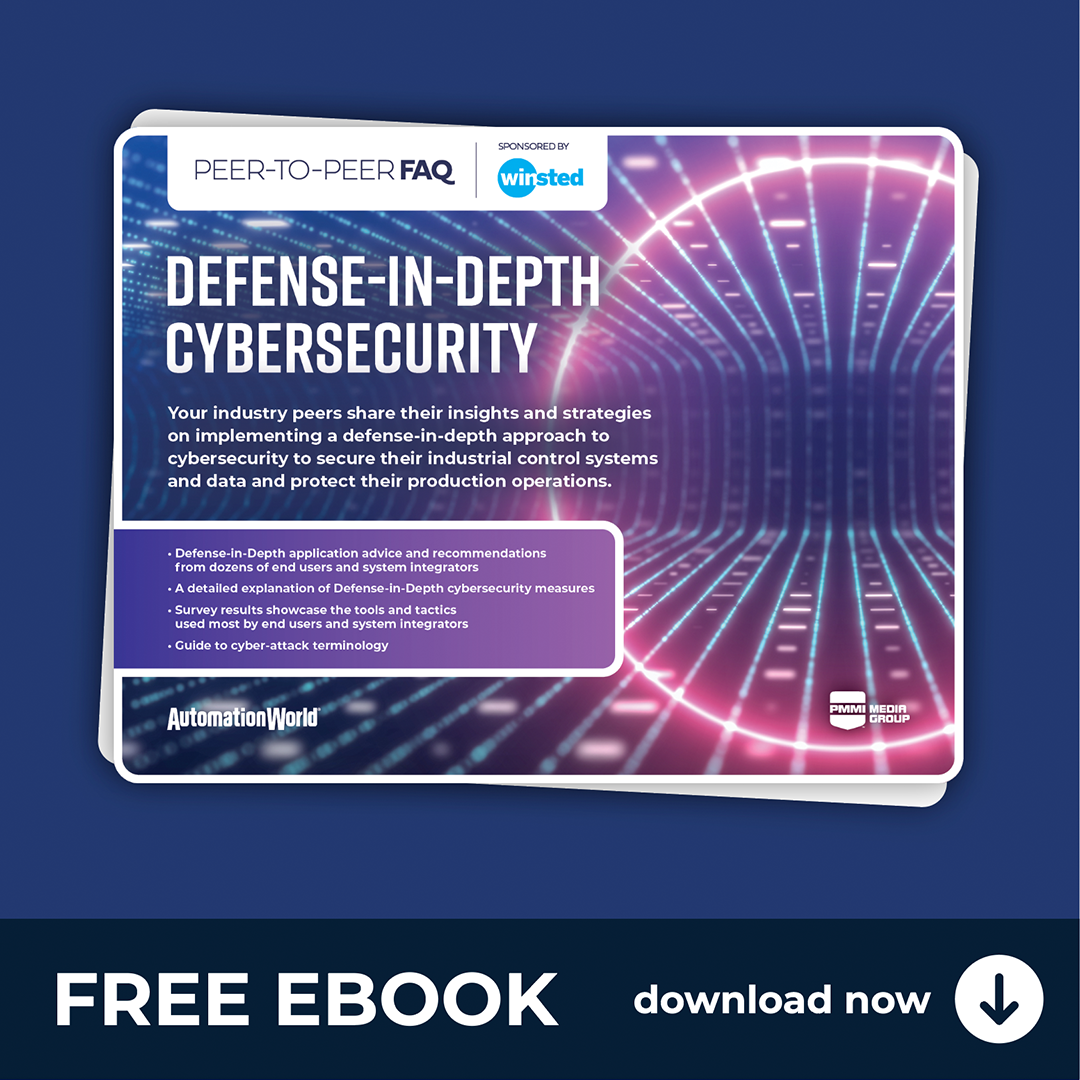
In its latest bid to set itself apart from an increasingly crowded field of data crunchers,Uptakehas acquired a little company with a big database. The acquisition ofAsset Performance Technologies(APT)吸收的预测分析softwa结婚re with the world’s most comprehensive library of how industrial equipment fails.
Growing out of an initial set of 39 core industrial components used by the nuclear power industry, APT’s Asset Strategy Library (ASL) now has failure mode information for nearly 800 equipment types—used along with APT’s cloud-based Preventance APM software to optimize preventive maintenance in power generation, petrochemical, oil and gas, steel and other industries.
The major value proposition that APT brought to Uptake was really the library’s content, notes Mark Benak, CEO of APT and now vice president of business ventures for Uptake. He labels it as “content” to denote the level of knowledge that goes beyond just data—"capturing the knowledge of an aging workforce and structuring it into a library to make it useful,” he says.
Although industrial companies produce massive amounts of data, they can still struggle to understand what to do and when, notes Mike Guilfoyle, director of research and senior analyst at ARC Advisory Group. “By combining deep operational and equipment knowledge with predictive analytics, companies can take a proactive approach to asset management that converts data into business value, reducing capital outlays, and leading to efficiencies, safer operations and greater reliability.”
With Uptake’s artificial intelligence (AI) and machine learning capabilities, APT will be able to take the knowledge that has been useful for preventive maintenance and push it further into a predictive maintenance realm. “We’ve been super impressed with Uptake, not only collecting that industrial data, but then making sense of it, using the artificial intelligence machine learning algorithms,” Benak says. “What that data is really telling me about what you should do now to make things better—driving toward better outcomes.”
Uptake’s technology will be able to provide more context around APT’s data streams, Benak adds, “providing a better framework around the actual insights to improve the outcome.”
Likewise, APT’s content and data will help Uptake’s data scientists and AI learn more quickly, notes Matt Lehner, spokesman for Uptake. “We have to know how a turbine—how anything—fails in order to predict when it will fail,” he says. “Knowing the 55,000 ways that the world stops working helps our AI models learn faster.”
Preventive maintenance was largely driven by the nuclear industry—and for good reason, Benak notes. Accidents like Three Mile Island and Chernobyl in the late 1970s and 1980s got the industry taking a more concerted look at reliability.
It is from the nuclear industry that APT’s intellectual property comes as well. APT’s co-founders, David Worledge and Glenn Hinchcliffe, began developing condition- and environment-specific preventive maintenance information on nuclear plants in the late 1990s for theElectric Power Research Institute(EPRI). The ASL was an outgrowth of that initial project, and more than 30 EPRI members are still using versions of the product today.
The Palo Verde Nuclear Generating Station, the largest energy plant in the U.S., was an early adopter of APT’s technology, using it for non-critical assets. “In the process of using our tools, they identified a valve they thought was non-critical, but it turns out it was a highly critical valve,” Benak says. It was a single-point vulnerability, meaning that if the valve failed, the whole plant would trip—translating to $2 million lost a day.
Through analysis, Palo Verde realized that it was missing a key maintenance step. “They’ll change their strategy, include a new task, and implement that in their management system,” Benak explains.
APT’s business has grown beyond the nuclear industry since its early days, “but that’s a logical place for Uptake to get more traction,” Benak says. “Nuclear has really driven technology in preventive maintenance. But it’s really been behind the game in a predictive sense.” Adding AI is a natural next step in the evolution of APT’s technology, he adds.
吸收一直深into energy industries, with this acquisition showing a commitment to go even deeper, Lehner says. Besides the importance of the data analytics technology in keeping plants safer, he says, it also makes plants more competitive. “Right now, in the power market, it’s incredibly cutthroat on price, and rather turbulent,” he says. “Any opportunity where you can operate more efficiently will help you maintain or give you a competitive edge.”
Uptake purchased APT for an undisclosed amount. All of APT’s employees have joined Uptake. Worledge and Hinchcliffe, who are both at retirement age, are on a one-year transition plan.




















